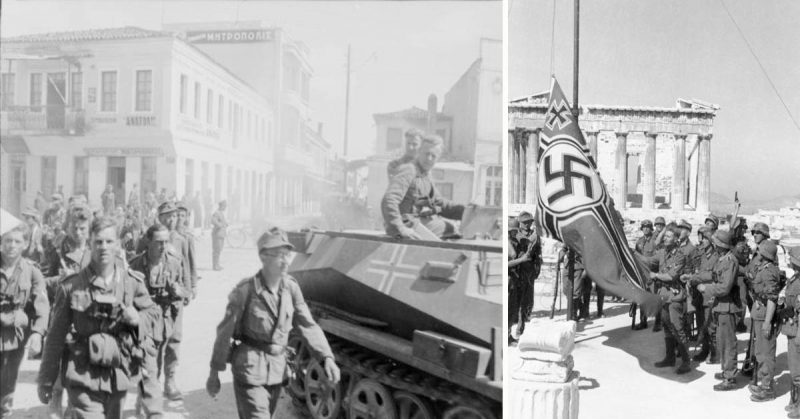70,000 people in the Greek city of Thessaloniki were evacuated to allow experts to defuse a WWII-era bomb.
The bomb was discovered by an excavation team. The 250kg (500lb) device will now be taken to a firing range.
The bomb is believed to be one of the largest wartime bombs ever discovered in a Greek city.
Police officers went door-to-door, evacuating residents before the work began.
The evacuation was one of the largest in which has ever happened in Greece during peacetime. Most people left in their own cars but buses were provided to take some people to schools and sports arenas to await the all-clear.
A camera placed over the crater by a media group delayed the work until police removed it.
Authorities warned residents to stay outside of the evacuation zone (2km or 1.2 miles) until the bomb was removed. The removal was expected to take place later on Sunday.
Regional governor Apostolos Tzitzikostas announced that the danger was not over. “Citizens must stay outside the evacuation zone until the bomb removal process in completed.”
Three municipalities declared states of emergency. Trains and buses were suspended and church services were canceled.
Included in the evacuation were 450 refugees that live in an abandoned factory. They were taken to the city’s archaeological museum.
Workers were excavating in the preparation of expanding a nearby gas stations underground tanks when they found the bomb. Once the bomb has been removed to a firing range, a decision will be made on the best way to destroy it.
The bomb was too degraded for officials to determine whether it was a German or Allied bomb, BBC News reported, but a resident of the city told the Associated Press that the bomb had been dropped by British and US planes that were bombing German rail facilities on September 17, 1944.
